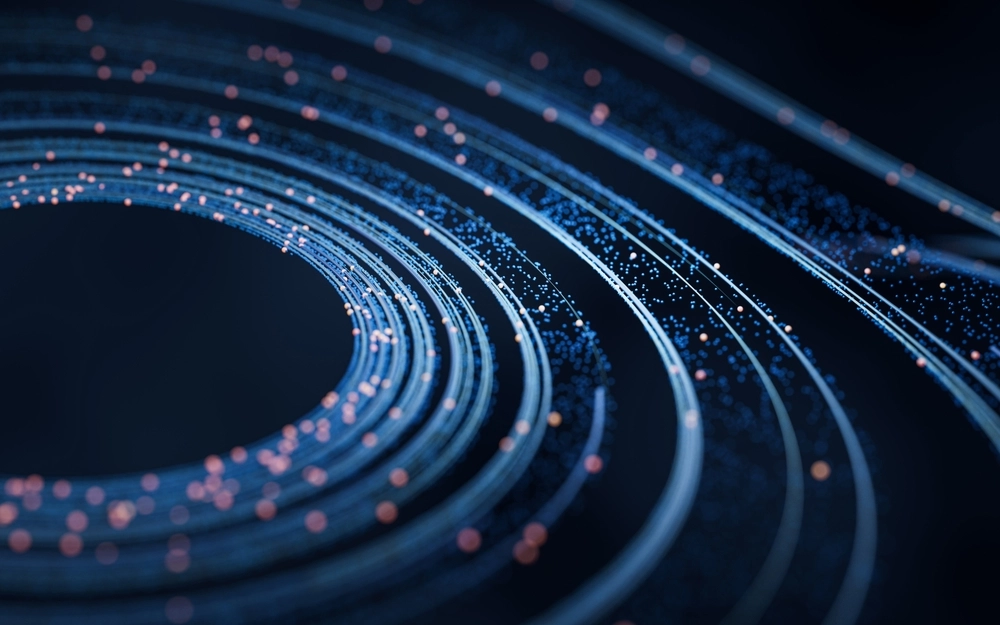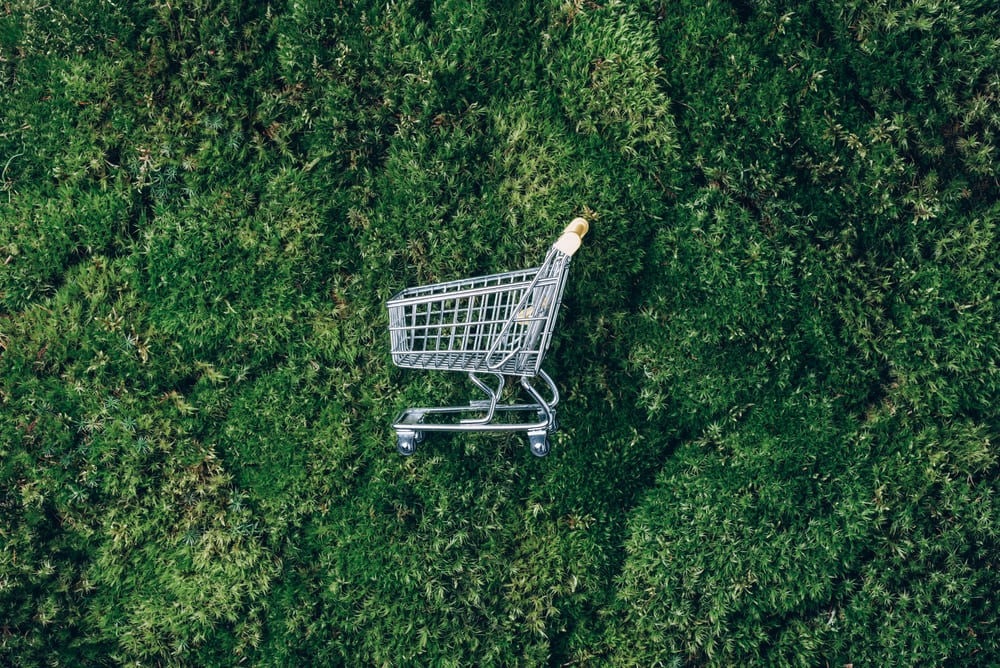Precision farming AI solution
Key results
- Data-driven yield optimization
- Individual tree-level analytics
About the Client
Leading AgriTech company that develops an end-to-end monitoring service and optimizes trees’ health conditions and productivity.
Business Challenge
The client aimed to give farmers a solution for automatic ripe fruit detection. He started developing technology for detecting anomalies and diseases at two levels: an individual tree and the entire plantation.
After building the basis for the solution, the client partnered with Quantum to implement more features, fix ones that were working incorrectly, and cover the data science part of the project.
Solution Overview
Quantum extended the client’s in-house AI team responsible for analytics, cloud technologies, and multisensor data operations.
As a result, we made a prototype for detecting ripe fruits and assessing tree health with almost a human performance level and improved data analysis and forecasting accuracy, increasing farm productivity by more than 40%. Moreover, our development team got a declarative patent on new technologies.
Implementation
Quantum built a unique service that connects AI cloud technologies and multisensor data operations for the best analytical capabilities. Using sophisticated data science techniques, we’ve enhanced the existing solution with the following features:
- Image preprocessing to geo-align (accuracy up to 6 cm) images for delayed site recognition. We align drone imagery using built-in sensors, then stitch and substitute drone and satellite imagery.
- Orchard decomposition. Some models recognize each lane of trees and each tree in it. The resulting dataset can be divided into sets stratified by the number of oranges per image.
- Growth analysis to monitor each tree, compare its status with the normal vegetation life cycle, recognize and calculate fruits, or create other measurements easily.
- Proprietary models to support decision-making, save time, reduce costs, and help to control the farm business.
Technological Details
The major part of this project was written in Python. We used OpenCV to identify trees and work with images. Combining and analyzing drone images was essential, so we used Python libraries made by Google Keras and Tensorflow for treatment graphs. The Shapely framework helped to manipulate and analyze planar geometric objects.
KPIs
40%
increase in farm productivity50M
trees analyzed in total1
declarative patent on new technologies
Location
- Israel
Industry
- Agritech
Services
- AI & Machine Learning
- Computer Vision
Technologies
- Python
- C++
- OpenCV
- TensorFlow
- Keras
- Shapely





